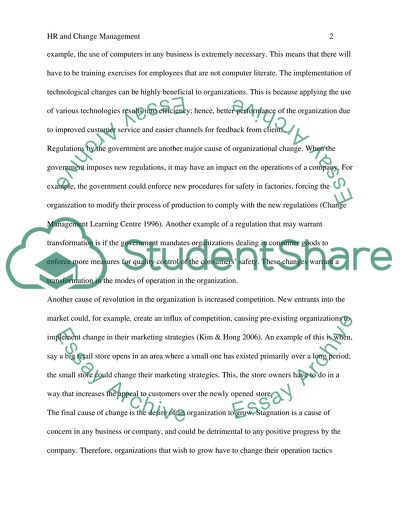Cite this document
(“Role of Human Resources in Managing Change Essay”, n.d.)
Role of Human Resources in Managing Change Essay. Retrieved from https://studentshare.org/human-resources/1478688-hr-and-managing-change
Role of Human Resources in Managing Change Essay. Retrieved from https://studentshare.org/human-resources/1478688-hr-and-managing-change
(Role of Human Resources in Managing Change Essay)
Role of Human Resources in Managing Change Essay. https://studentshare.org/human-resources/1478688-hr-and-managing-change.
Role of Human Resources in Managing Change Essay. https://studentshare.org/human-resources/1478688-hr-and-managing-change.
“Role of Human Resources in Managing Change Essay”, n.d. https://studentshare.org/human-resources/1478688-hr-and-managing-change.


